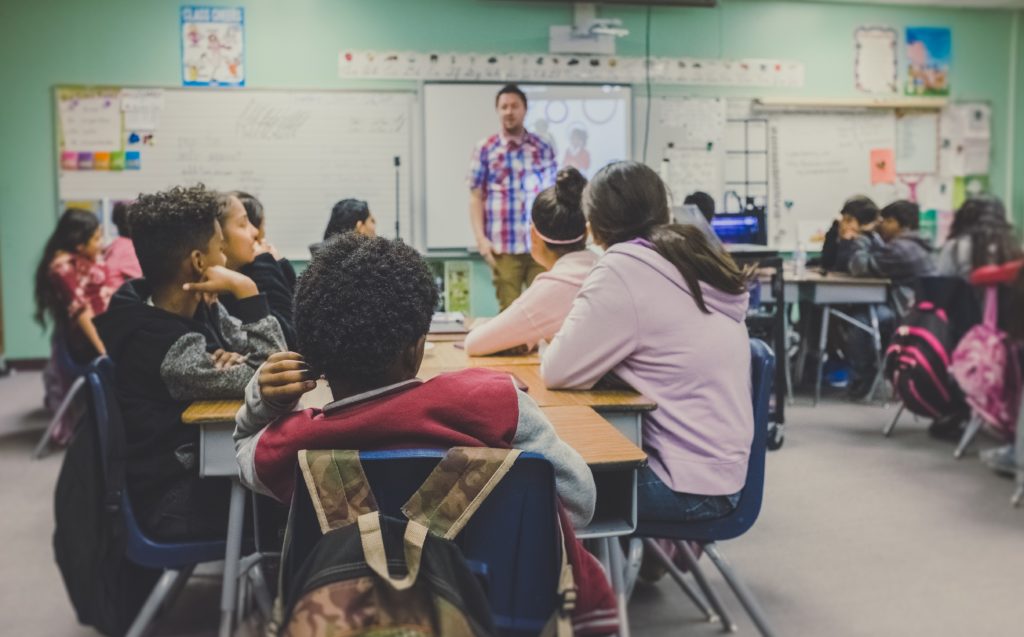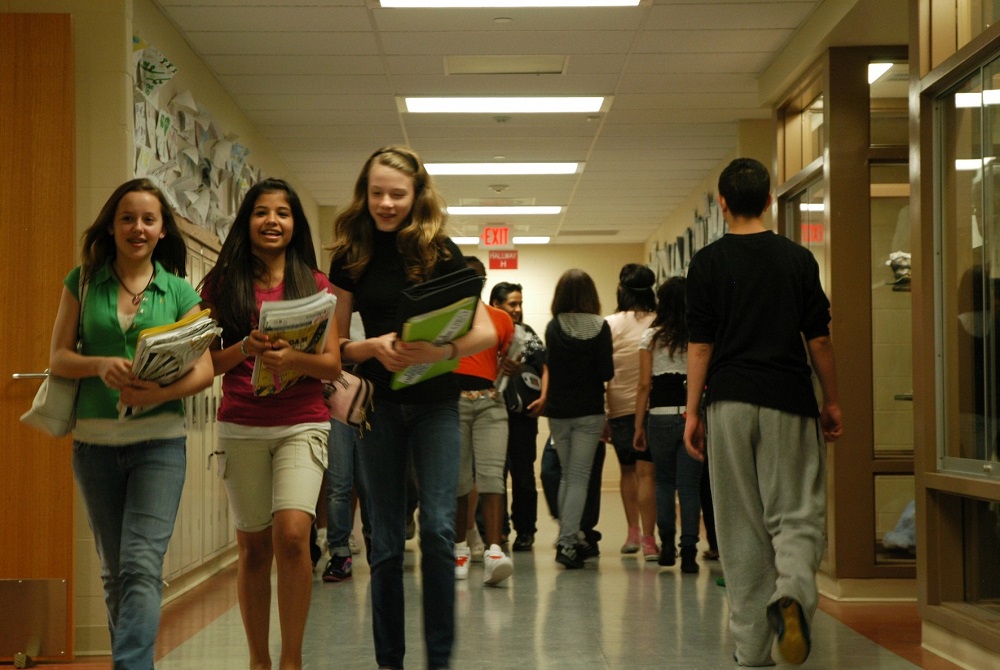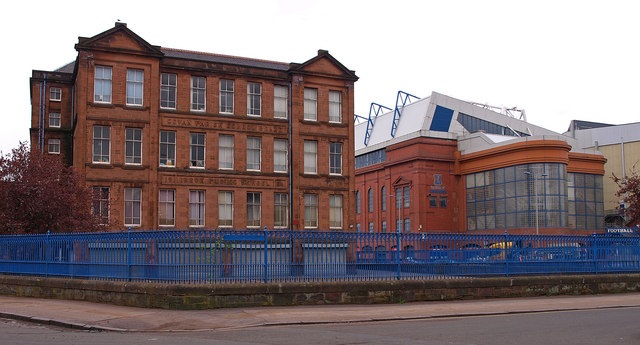With the student debt crisis in full-swing in our country, and with faith in the public education system at an all-time low, it’s time we took a hard look at our public schools and see what’s going on, what we can do to improve it, and how we can make it beneficial for students again. With around 13,000 school districts spread across the country handling almost 100,000 public schools, it’s hard to paint with a broad brush with regards to how the entire system is holding up.
But even with the daunting challenge of analyzing and evaluating all those schools, many people have come to the harrowing conclusion that the Amercan Public Education System is at the brink of collapse. Critics cite the performance of public schools over the past 40 years, beginning with the “Back to Basics” program of the 70’s and all the way to 1983’s “A Nation at Risk”, critics of the education system state that public school performance has been on a downhill slope. However, with the introduction of the No Child Left Behind policy in 2001, a slight uptick in performance was observed and lauded, even by some of the education system’s harshest critics.
Despite the NCLB, views of the public school system’s future remain bleak. But is this because of real-time results, or the result of vitriolic rhetoric?
Losing Faith
In a 1976 poll by Gallup, 62% of people surveyed say that they had a “great deal” of confidence in the public school system. However, in under a decade, confidence level in the public school system dropped to 39%, and has not risen above 50% since 1987.
The confidence in public schools remained in the high 30’s and mid 40’s from 1999 to 2000. But by the first few years of the 21st century, confidence petered out and averaged in the low-to-mid 30’s. By 2007, one year before the Great Recession and a few years before the start of the student debt crisis, that figured dropped further. With the once-sterling no Child Left Behind Policy cracking under budget constraints and failures of implementation, people started losing faith in our public schools, and in essence, losing faith in students of those schools. By 2014, confidence rate was at an all-time low: only 26% of Americans had a “great deal” of confidence in the public school system, a far cry from the 62% it enjoyed 40 years ago.

These numbers would be understandable if the quality of education in public schools actually did decline. In fact, for all intents and purposes, these confidence levels are a great indication of the American people’s outrage over the government’s failure to provide quality education to our nation’s youth. A decline in quality, therefore, should be the only reason for people to lose faith.
However, that wasn’t the case.
The Numbers
A comprehensive and standardizes testing system that measured student performance was not implemented until 2001. However, through the National Assessment of Educational Progress, or NAEP, the federal government had been able to track and monitor student performance over 50 years before 2001.
Despite the narrow focus of the NAEP (it only measured basic academic skills), and the fact that it was not given to all students across the country (only selected schools every few years), it still showed something surprising: public school performance is great. In fact, it’s even better now than it was back in the 70’s.
It’s worth noting, however, that standardized tests, both by the NCLB policy and the NAEP, show only a fraction of what is actually going on in our public schools: it doesn’t, for instance, measure student engagement, or if students are happy, or if the education they receive is molding them into high-functioning and contributing members of society. But if it’s just academic performance being talked about, it’s showing everyone a snapshot of a school system that is thriving with minimal resources.
So where is all this vitriol coming from?
Theories abound trying to explain the decline in confidence. Some analysts say that this is a symptom of the public’s lack of trust in institutions as a whole, an effect of a floundering economy made worse by wars in the Middle East, gun violence, and a general sense of discomfort with the American government’s questionable ethics over the past decade or so.
But polls show that this is not the case. While confidence levels have declined for public schools, and even more so in Congress, institutions like small businesses, organized labor, and even the military have enjoyed high trust levels from the people.
Perhaps the biggest culprit: strong rhetoric in support of national reform. Over the past few decades, the American public has been bombarded by political messages talking about a crisis in public education without offering much in evidence or numbers. These messages, however, aren’t just confined to politicians: many NGO’s and even philanthropic organizations have constantly complained about the lack of quality in the public school system, while simultaneously promoting their version of educational reform (reform that, arguably, could benefit their organization in the long run).
What It’s Like Right Now
The truth of the matter is, however, that many schools don’t actually need reform. In fact, a majority of the 100,000 public schools (at least, the ones that have been tested) are thriving without it, and have been doing so for several years. Of course, some reform wouldn’t hurt, particularly for schools that are serving financially disadvantaged students. But they don’t reform: they need more funding, more school integration, and more attention.

The rhetoric that has fueled the distrust of the public school system is not only damaging to the schools themselves, it’s also an indication of our nation’s moral failure. Instead of providing the system with what the law requires, politicians and organizations are twisting the mindset of the general public in order to serve their self-interests.
So, perhaps, a reform is needed, but not the one we think: America’s public school system is fine, people just need to recognize its achievements and stop talking about as if it has failed, because for all intents and purposes, it has succeeded in its mission of providing its students with quality education and stirring interest both in the academe and in civic issues.
If the millennial generation is any indication, it’s safe to say: the kids are doing alright, thanks to the public school system.

